Revisiting the Community Land Trust: An Academic Literature Review
Community and Economic Development Program of UNC
DECEMBER 9, 2022
Housing costs and supply are dominating the news at the moment. Housing is the highest monthly bill typical Americans face, reaching an average of $1674 a month in 2021. Housing prices have increased far faster than incomes (Miller 2015), making affordable homeownership inaccessible for many aspiring homeowners (Hackett et al.

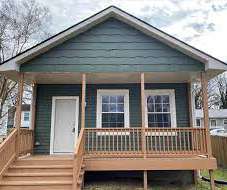
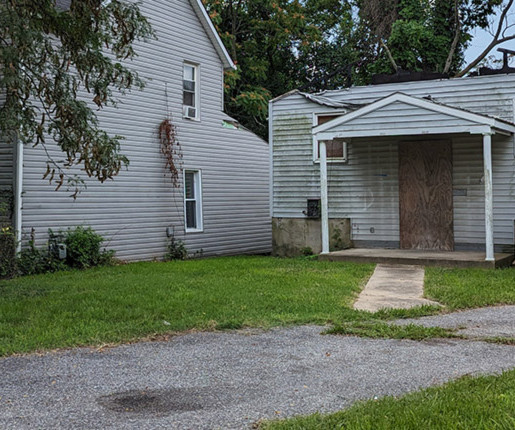
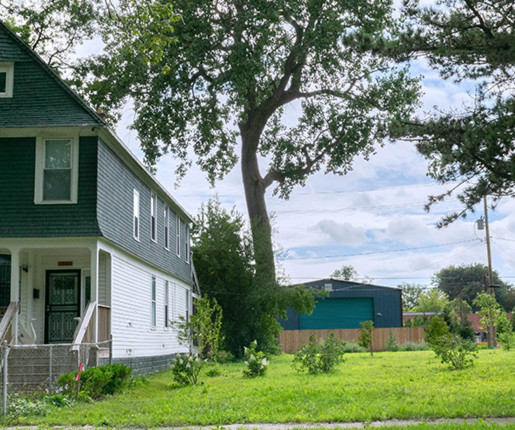
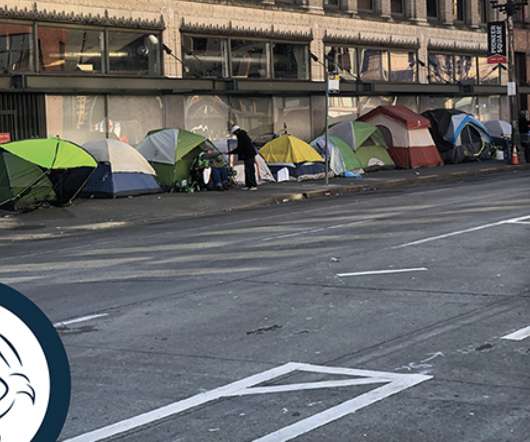
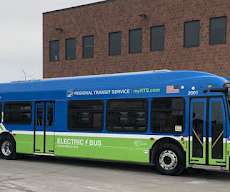

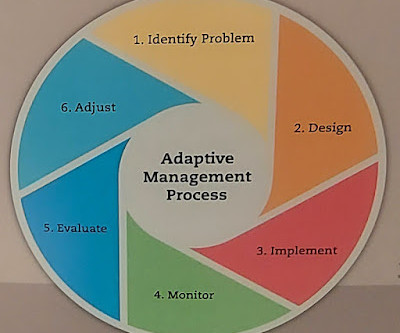


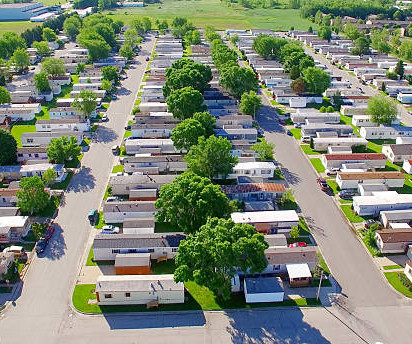








Let's personalize your content